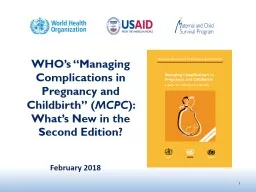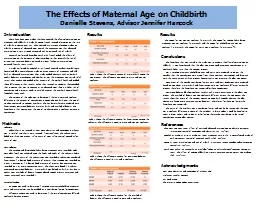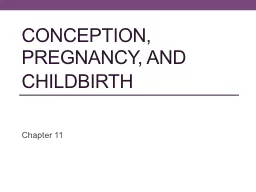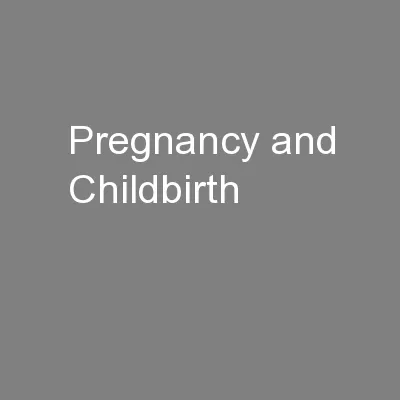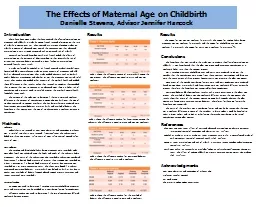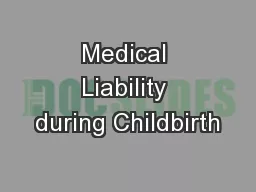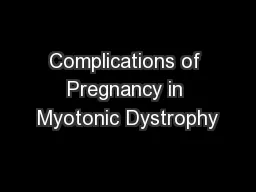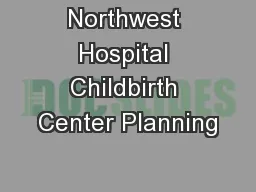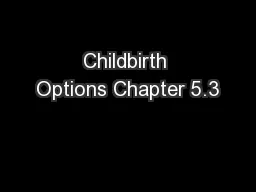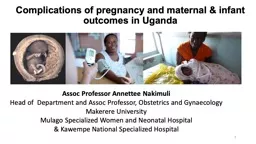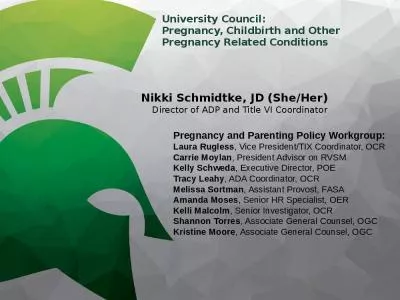PPT-April 2018 WHO’s “Managing Complications in Pregnancy and Childbirth” (
Author : faustina-dinatale | Published Date : 2018-09-19
MCPC Whats New in the Second Edition Presentation Outline Dissemination of the 2 nd edition MCPC MCPC background and overview of revision process Review of updates
Presentation Embed Code
Download Presentation
Download Presentation The PPT/PDF document "April 2018 WHO’s “Managing Complica..." is the property of its rightful owner. Permission is granted to download and print the materials on this website for personal, non-commercial use only, and to display it on your personal computer provided you do not modify the materials and that you retain all copyright notices contained in the materials. By downloading content from our website, you accept the terms of this agreement.
April 2018 WHO’s “Managing Complications in Pregnancy and Childbirth” (: Transcript
Download Rules Of Document
"April 2018 WHO’s “Managing Complications in Pregnancy and Childbirth” ("The content belongs to its owner. You may download and print it for personal use, without modification, and keep all copyright notices. By downloading, you agree to these terms.
Related Documents

